Try visiting Japan once, where tradition blends with modernity, creating countless interesting things waiting for you to discover .
The best time to visit Japan is in the spring, to see the cherry blossoms in full bloom, or in the fall, when the trees turn bright red and orange. The summer months of July and August are great for hiking and soaking up the mountains.

Japan is a large country with archipelagos stretching from north to south. The country is also mountainous, so you will find considerable climate variation, from subtropical to temperate. The climate is influenced by mountains and ocean currents as well as latitude.
Whenever you visit this country, you will find an impressive culture, exceptionally polite and friendly people, exquisite temples and breathtaking landscapes.

June and July are the rainy seasons in Japan, which are welcomed by many rice farmers. During these hot and humid months, locals visit coastal towns and explore the cool mountains. August is the hottest month of the year in Tokyo, with an average temperature of 27.9°C, and in Kyoto it is 29°C. However, June is the wettest month on the southern island of Kyushu. This is also the rainy season in Kyoto, so visitors should consider the weather if they plan to visit.
September, October and November are great months to visit Japan and see the vibrant autumn colours. The weather is generally fine during autumn in Japan, but many places experience the rainy season, with Tokyo seeing a lot of rain in October. By November, this has eased and the days become cool and pleasant. Kyoto, on the other hand, is wetter in September, making October the best autumn month to visit.

Winter in Japan varies greatly depending on where you go. The south is quite dry and cool, but the north is cold and snowy. Further south, Tokyo has very cold winters with an average January temperature of 6.1°C but little rainfall.
For many people, March, April and May are the best times to visit Japan because the cherry blossoms are beautiful. The climate is also generally perfect, not too hot and with little rain. If you want to see the cherry blossoms, note that the cherry blossom season starts in March in the south, with the north blooming later in April.

Japan's wet rainy season lasts from June to early July, although the exact dates vary across the country. It doesn't rain during this time either, although the skies can be overcast. Hokkaido in the north avoids the rainy season entirely, while Okinawa's rainy weeks arrive before Tokyo. The rains keep many parks and gardens at their lushest and most beautiful. This is also when hydrangeas are in full bloom.
Many Japanese people head to the hills or the coast in June, where the weather is cooler. If you go during this time, bring sturdy footwear and a light waterproof jacket. During the winter months, precipitation falls as snow in northern Japan, where winter sports are popular.
Japan’s peak tourist seasons are spread throughout the year. March, April, September and October are the peak months for viewing the cherry blossoms and autumn colours. The first week of May is known as Golden Week, when many Japanese go on domestic holidays. While Japan is always busy with tourism, November is one of the quieter months. The weather tends to be cool and mild, with autumn colours still very much in full force. Mid to late May is another period, between the end of the cherry blossom season and the start of the hotter, rainier summer.

Unless you are coming for the skiing, December to February is generally a quieter time in Japan. The central and southern regions are cooler, so the low season is a good time to visit Japan if you are not worried about the weather. June and July are also quieter times to visit as they are the rainy season, but there is still plenty to do during these months.
Pham Kieu (According to 24h)
Source











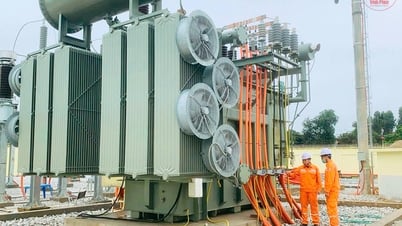

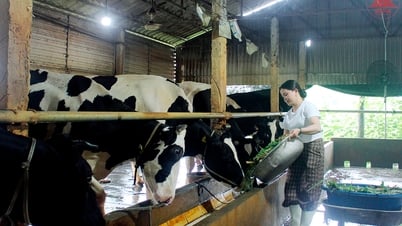












![[Photo] Nearly 104,000 candidates in Hanoi complete procedures to take the 10th grade entrance exam](https://vphoto.vietnam.vn/thumb/1200x675/vietnam/resource/IMAGE/2025/6/7/7dbf58fd77224eb583ea5c819ebf5a4e)






























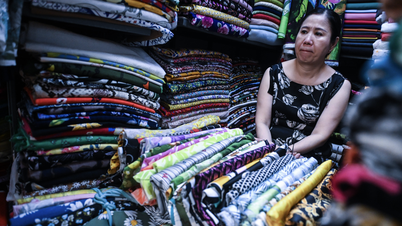



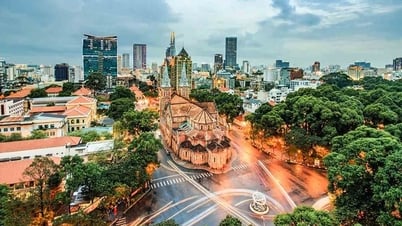







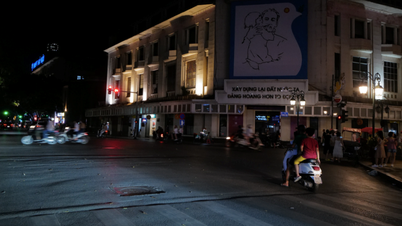

















![[OCOP REVIEW] Tu Duyen Syrup - The essence of herbs from the mountains and forests of Nhu Thanh](https://vphoto.vietnam.vn/thumb/402x226/vietnam/resource/IMAGE/2025/6/5/58ca32fce4ec44039e444fbfae7e75ec)






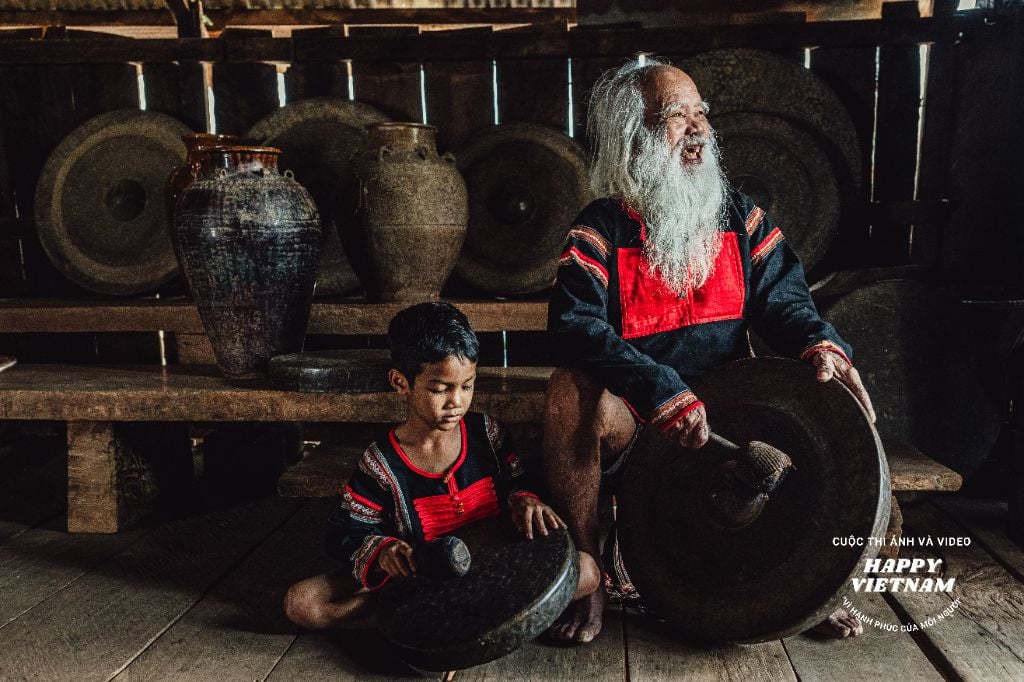


Comment (0)